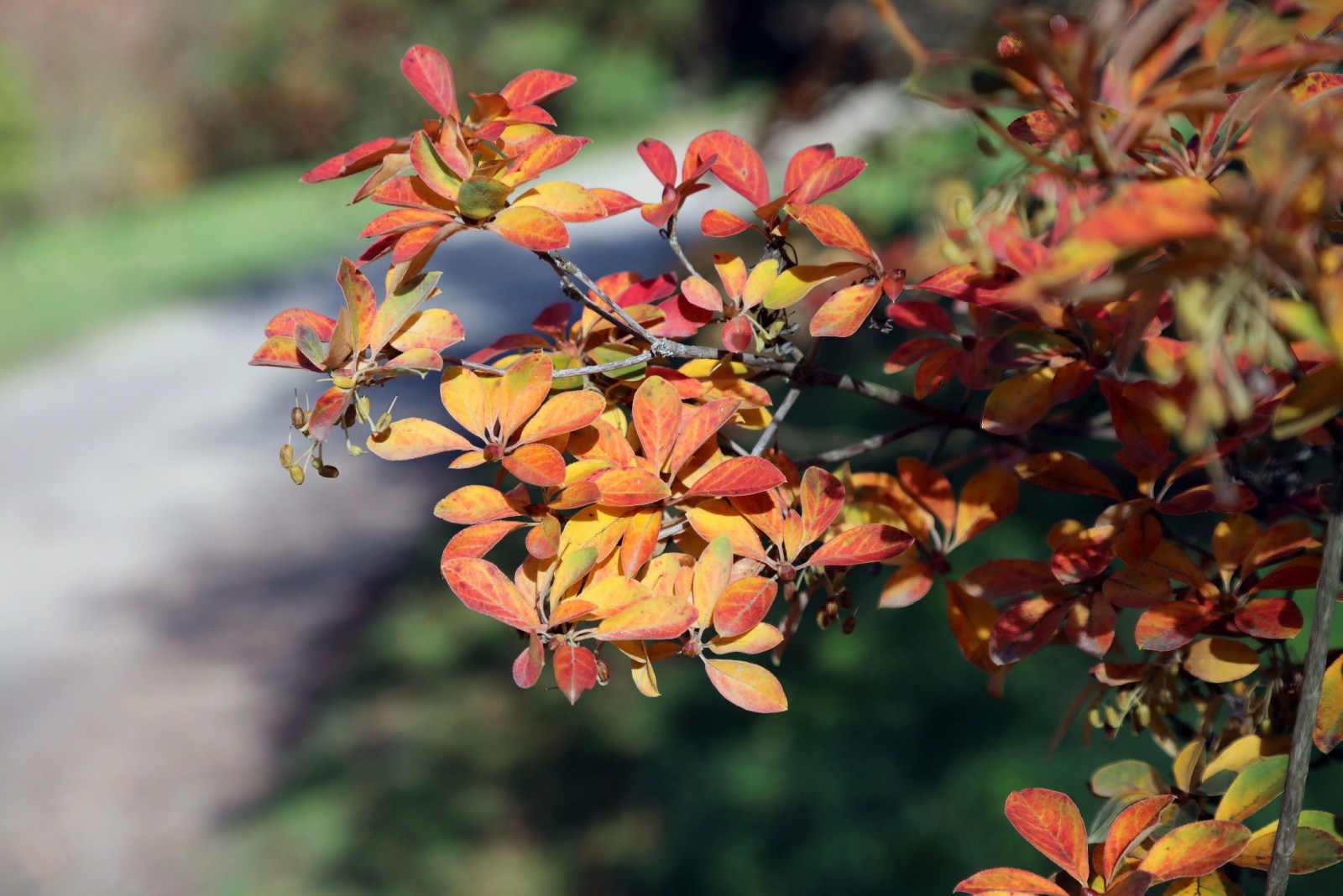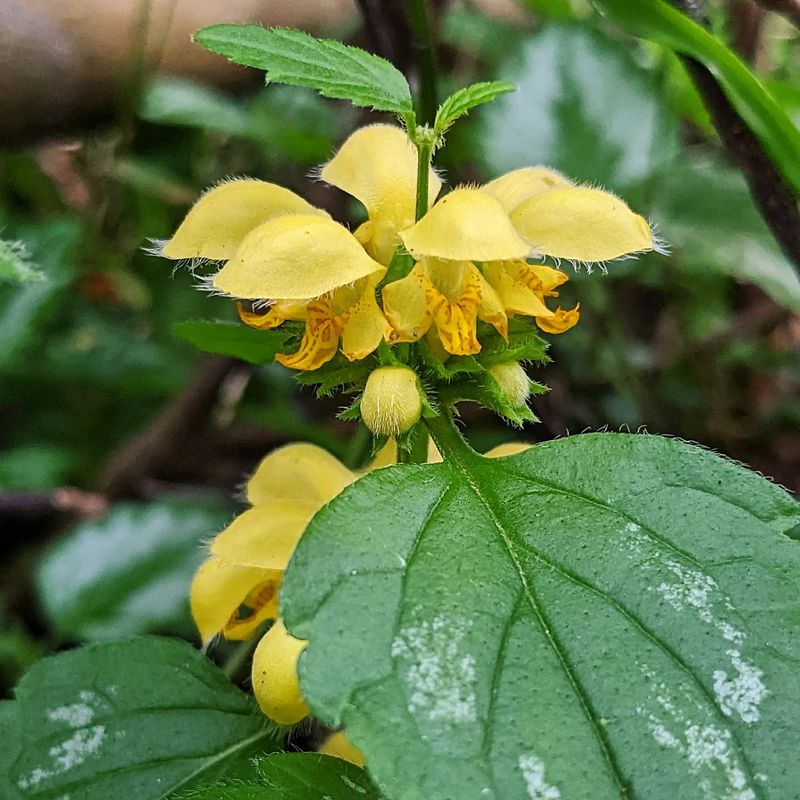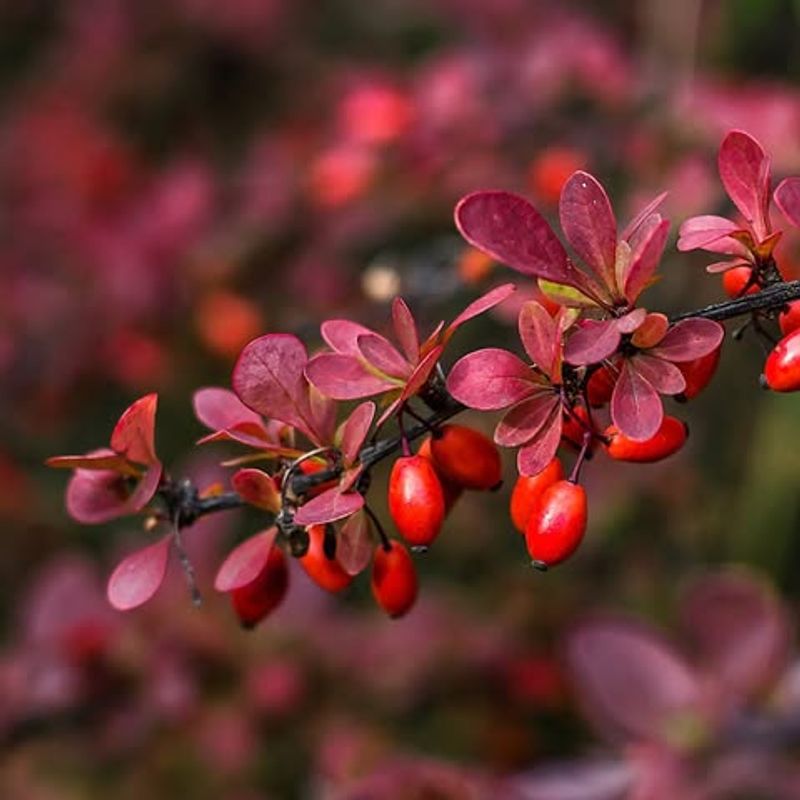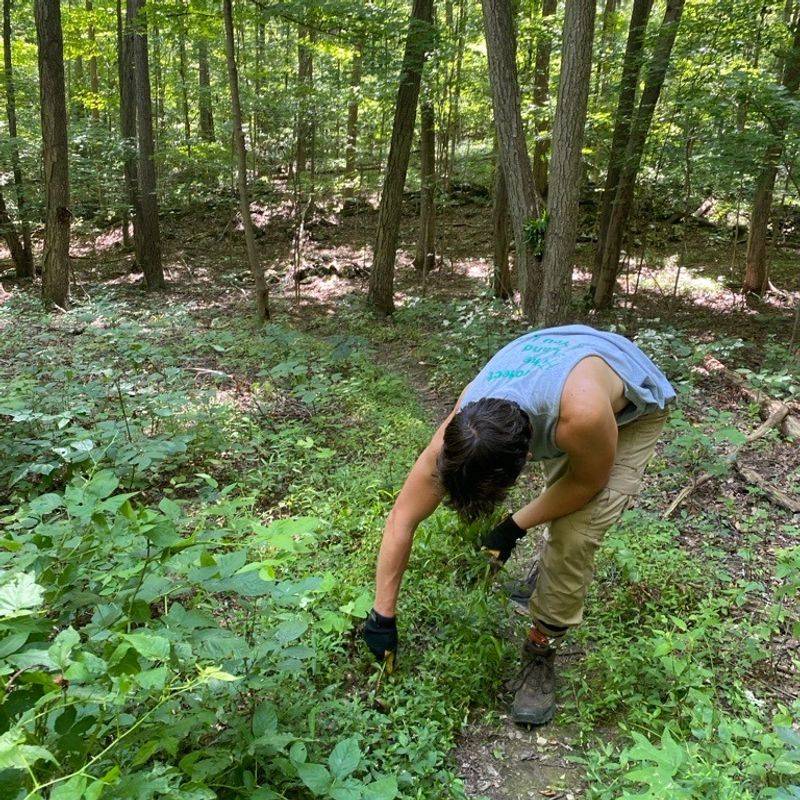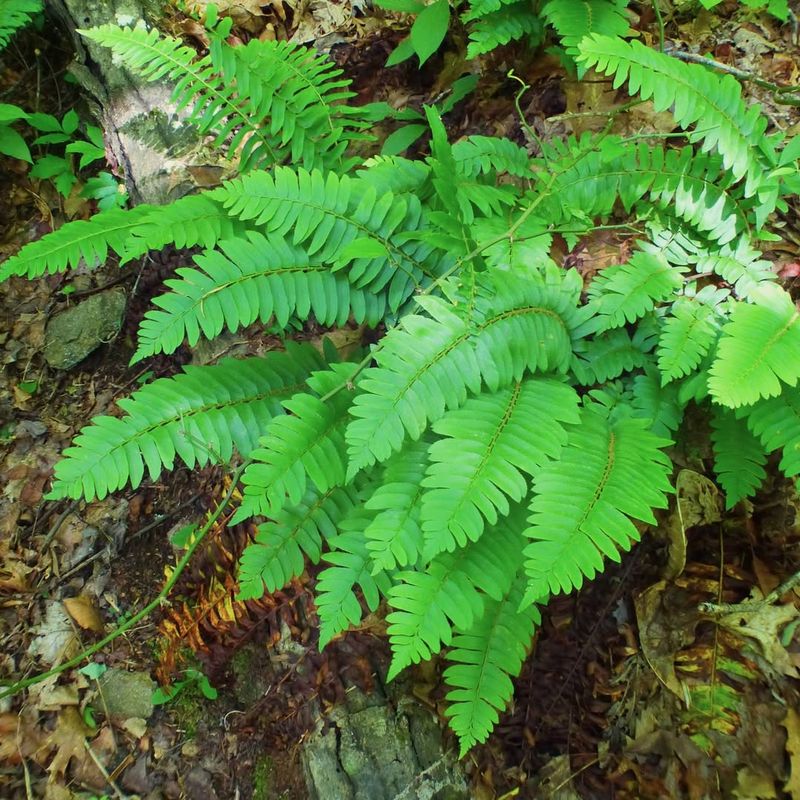Concerns climb across Michigan as two culprits—Japanese barberry and yellow archangel—push aside natives and upset the natural balance.
Each plant spreads with speed, throws down thickets or dense mats, and leaves both forests and backyards in a tight spot. Their reach now catches the eye of state officials, and many gardeners see a potential ban as a smart step toward protecting the region’s ecological roots.
How Two Popular Garden Plants Slipped Into The High-Risk Category
Both Japanese Barberry and Yellow Archangel started out as innocent garden decorations that homeowners loved for their attractive colors and easy maintenance. Nurseries sold them for decades without realizing the long-term consequences.
Scientists eventually discovered these plants were escaping from yards and taking over natural areas. Once they spread into forests and wetlands, native plants couldn’t compete for space, sunlight, and nutrients.
Michigan officials now classify them as high-risk invasives because they damage ecosystems faster than most people can imagine.
The Ornamental Shrub Linked To Surging Tick Populations
Japanese Barberry creates perfect hiding spots for blacklegged ticks, which carry Lyme disease. Its dense, thorny branches hold moisture near the ground, making an ideal environment for ticks to thrive and multiply.
Research shows that areas with heavy Barberry infestations have significantly more ticks than locations with native plants. Deer and mice love to shelter under these shrubs, bringing even more ticks into neighborhoods.
Removing Barberry from your property can actually reduce your family’s exposure to dangerous tick-borne illnesses.
Why Yellow Archangel Spreads Faster Than Most Homeowners Can Control
Yellow Archangel grows incredibly fast through underground stems called stolons that shoot out in every direction. A single plant can cover several square feet in just one growing season.
Even tiny fragments left in the soil can sprout into new plants, making it nearly impossible to remove completely. It forms thick carpets that smother wildflowers, ferns, and tree seedlings that belong in Michigan forests.
Many gardeners discover too late that this groundcover has escaped their flower beds and invaded nearby woods.
The Hidden Ecological Damage These Plants Cause Beyond Backyard Fences
When invasive plants dominate an area, they disrupt the entire food web that local animals depend on. Native insects evolved alongside native plants and often cannot eat or use invasive species for shelter.
Birds that rely on native insects for feeding their babies struggle to find enough food in areas overtaken by Barberry and Yellow Archangel. Pollinators like bees and butterflies also suffer when their favorite native flowers disappear.
Forest health declines rapidly once invasives establish themselves and spread unchecked through natural areas.
Real Cases That Prove These Invasives Are More Than Just A Garden Nuisance
Michigan state parks have spent thousands of dollars trying to control Japanese Barberry and Yellow Archangel infestations that started from nearby residential gardens. Some nature preserves report losing rare native plant populations to these aggressive invaders.
Conservation groups document cases where entire forest floors have been transformed from diverse wildflower communities into monotonous carpets of Yellow Archangel. Property values near heavily infested natural areas sometimes decline because outdoor recreation becomes less enjoyable.
Real communities are experiencing measurable harm from these ornamental escapees.
Safer, Native Alternatives Michigan Gardeners Can Count On Instead
Michigan gardeners have plenty of beautiful native options that provide color and interest without threatening local ecosystems. Serviceberry shrubs offer spring flowers, edible berries, and gorgeous fall color while supporting native wildlife.
Wild Ginger makes an excellent groundcover with heart-shaped leaves that stay attractive all season long. Native ferns like Christmas Fern provide texture and greenery in shady spots without spreading aggressively.
Choosing native plants helps protect Michigan’s natural heritage while creating stunning landscapes that require less maintenance and fewer chemical treatments.

